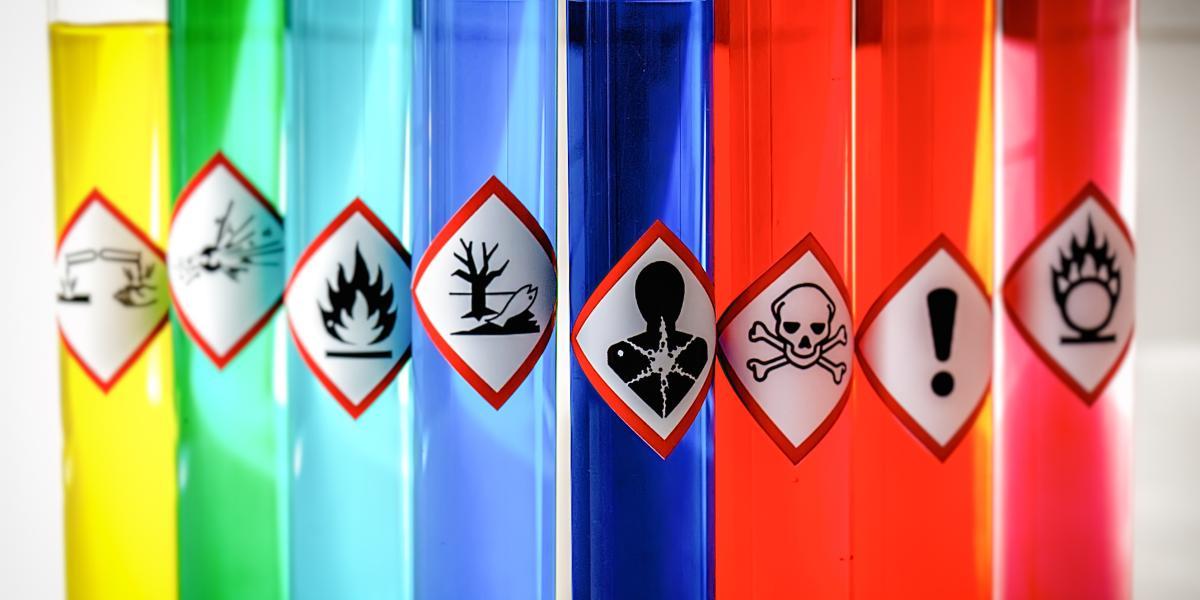You are here

On 30 August 2023, Japan’s Ministry of Health, Labor, and Welfare (MHLW) announced amendments to the Industrial Safety and Health Law (ISHL) Cabinet Order and Ministerial Order, as well as the Ordinance on Prevention of Hazards Due to Specified Chemical Substances. The amendments mandate labels and safety data sheets (SDSs) for all Globally Harmonized System (GHS) classified hazardous chemicals. A part of the amendment took effect immediately.
3E Review
Japan’s MHLW has been making amendments to the ISHL and related regulations to shift workplace chemical management from a regulation-based to an industry-directed approach. The amendment mandates labels and SDSs for all GHS (JIS Z 7252) hazardous substances classified by 31 March 2021. This affects more than 2,000 chemical substances.
Currently, 674 chemicals require labels and SDSs per the ISHL Cabinet Order (Appendix Table 9).
This amendment reorganizes Table 9, identifying 33 groups, including alkylmercury and its compounds, antimony and its compounds, cobalt and its compounds, uranium and its compounds, and lead and its compounds, as substances requiring labels and SDSs. Threshold values, previously set by the ISHL Ministerial Ordinance, are to be omitted; they will be stipulated through separate notifications after public comments.
The authority’s response to the public comments clarifies that whether a substance is subject to label and SDS requirements or not is determined based on the substance name rather than how it is produced.
Furthermore, the amendments remove seven substances, such as flutolanil, aluminum oxide, and zinc stearate, and they are no longer subject to mandatory labeling and SDS, effective immediately.
Products containing deleted substances and other substances subject to labels and SDSs at or above thresholds must display labels and SDSs.
The addition of substances subject to labels and SDSs will occur in two batches:
- By 1 April 2025: 649 substances, grace period until 31 March 2026
- By 1 April 2026: 779 substances, grace period until 31 March 2027
It is noted that the previous amendment published in 2022 announced the addition of 234 substances starting from 1 April 2024.
Japan’s GHS-classified chemicals are published by the National Institute of Technology and Evaluation (NITE). The candidate list is published by the National Institute of Occupational Safety and Health, Japan (JNIOSH).
3E Analysis
Companies should assess their products impacted by this amendment and closely follow further notices from the MHLW and opportunities for public comments. Companies must prepare labels and SDSs for these newly added chemicals accordingly.
For a copy of the source document (PDF in Japanese), please contact us at Support@3Eco.com.

 Top
Top